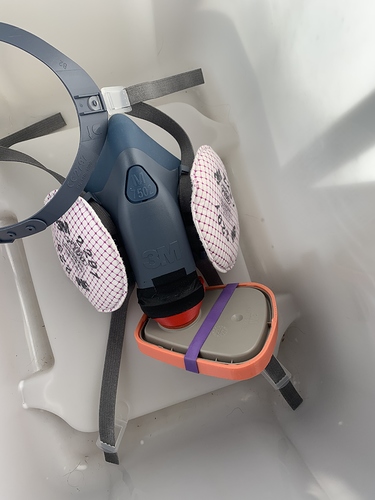Dr Martin
My point is, do not promote the idea that ANY mask with an exhaust valve, as suitable for COVID19 requirements. You can’t disable the valve on a cartridge (P100) mask, there are valves on the intake side that prevent breathing back through the cartridge, which severely shortens the life/effectiveness of the cartridge. One of my duties in my 20 year Naval career, was a gasfree tech, I know all about particulate concentration (PPM) rates.
No mouth/nose mask, however perfect the fit, seals 100%. Talking, moves the jaw, causing temporary gaps…
Creases in your face, cause problems, compounded during speach…
Then there is facial hair, compounded during speach…
Perfect seals are only achieved with a full head hood.
I am completely on board, wearing masks. Any mask, worn properly over mouth AND nose. Yes, there are great masks, and there are poor examples, but to suggest the the poorer variety are equivalent to no mask, in my opinion is blatant negligence.
At this point there is very little, “confusion” as you said, about masks, just ignorance and political polarization. 70M Americans just proved that beyond a doubt.
I have been out there in the real world, wearing my mask and keeping my distance from the idiots. I no longer bother, wasting my time, or risking my health, trying to help those individuals that are not complying. I just avoid and move on. Maybe it is nature’s way of cleaning up the gene pool.
Stepping down from my, soap box.
Peace, Wolf
